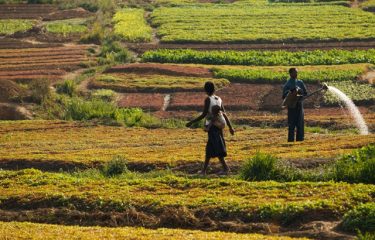
As humans pump carbon dioxide into the atmosphere and global temperatures rise, many questions loom. One major issue is how much fresh water will be available for people, forests and agriculture.
A study led by the University of Washington shows that popular long-term drought estimates have a major flaw: They ignore the fact that plants will be less thirsty as carbon dioxide rises. The study shows that shifts in how plants use water could roughly halve the extent of climate change-induced droughts.
“Plants matter,” said Abigail Swann, a UW assistant professor of atmospheric sciences and biology. “A number of studies assume that plant water needs are staying constant, when what we know about plants growing in lots of carbon dioxide suggests the opposite.”
Swann is lead author of the study published the week of Aug. 29 in the Proceedings of the National Academy of Sciences.
Read more at UW Today »
